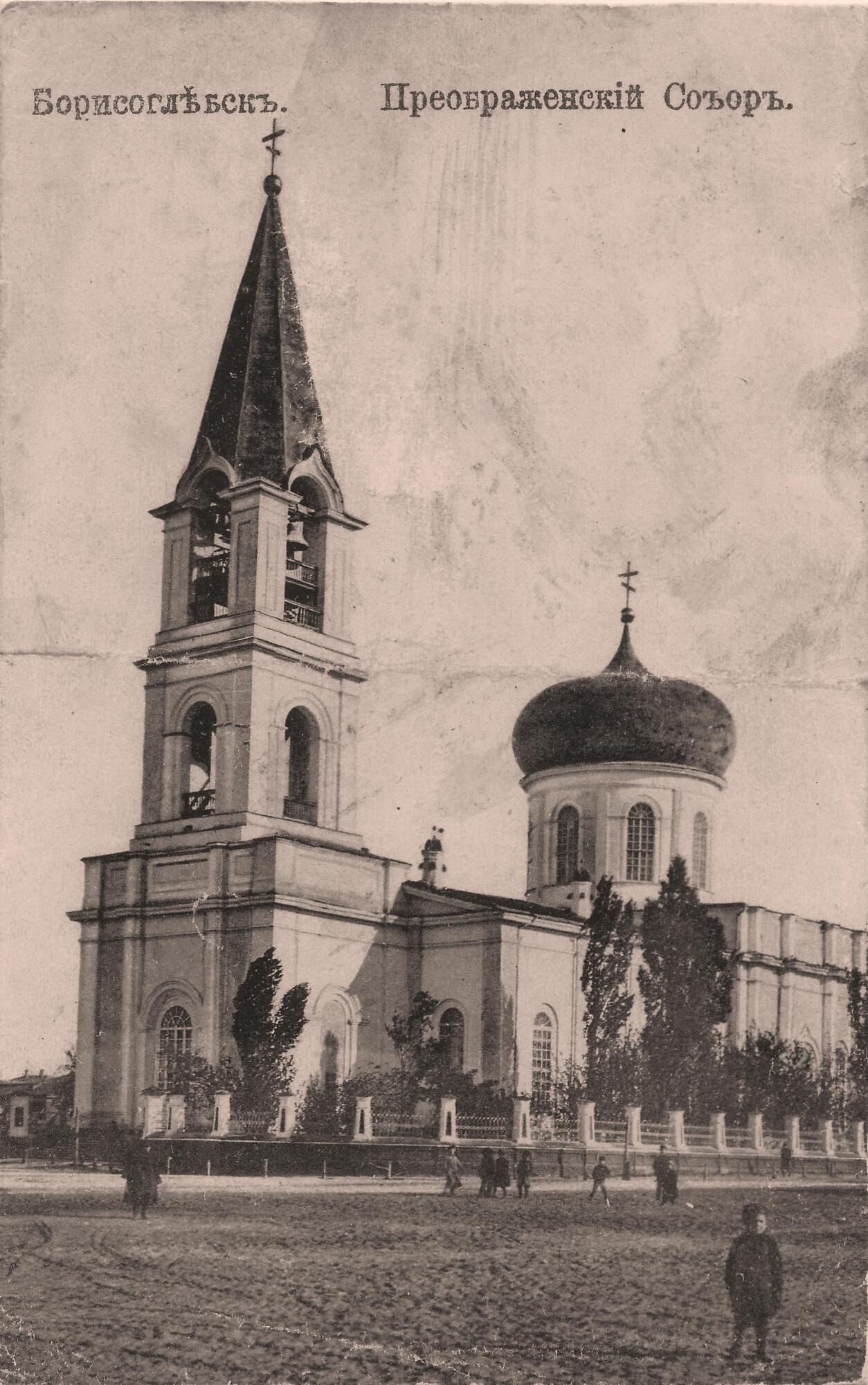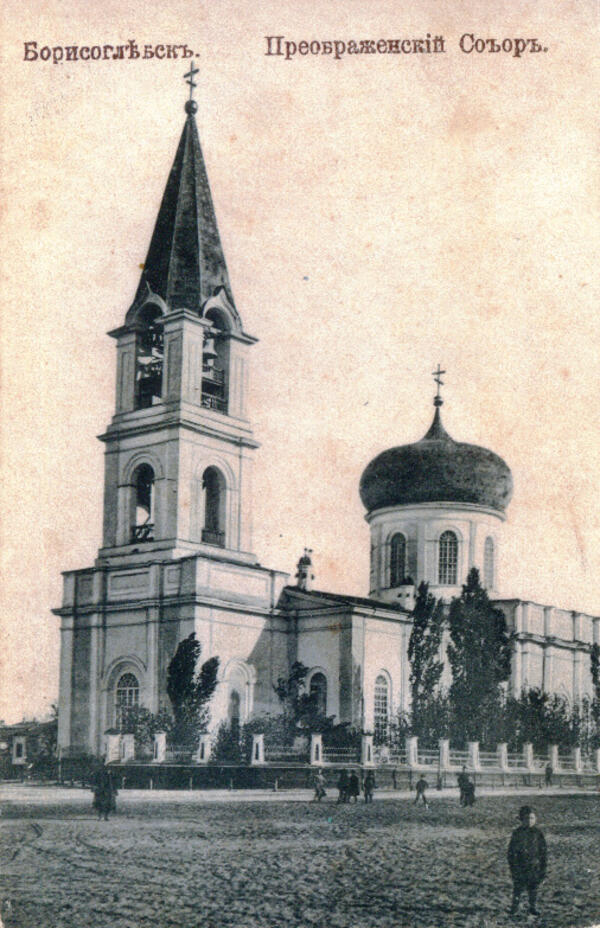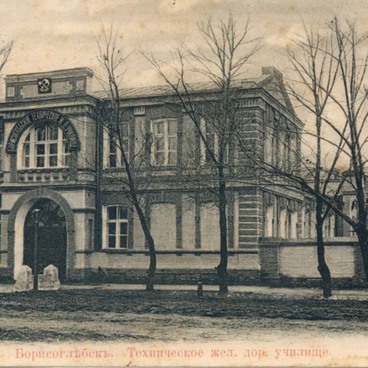Postcards with illustrations on the front side first appeared in Europe in the 19th century. The Russian Empire didn’t turn its back to the novelty and started to issue such postcards as well. Primarily they were called open letters and then the title was changed to postcards. In the late 19th century the view postcards featuring architectural objects (churches, public places and so on), landscapes, important works of the famous Russian painters became popular.
At the moment illustrated postcards carrying images of buildings constructed in the previous centuries are of historical and collectors’ interest.
The postcard made in the early 20th century features the image of Transfiguration cathedral. The church was situated at New Cathedral square, and together they were the town-forming centre.
The period from mid-to-late 19th till early 20th century was the time when the architectural look of the city, which survived to the present day, was formed. The square started to be occupied with stone buildings, except for the church it was supposed to be occupied with a public house, a merchant centre, and shops. Mansions, banks and shopping centres, educational institutes appeared in the district as well. In 1899 in the very centre of the square the building of Mariinskaya Women’s Gymnasium was constructed.
The main building of Transfiguration cathedral was square in plan, finished with the dome drum, which was decorated with the light windows and crowned with the bulbous cupola. Canteen and a triple-deck tent-roofed bell tower bordered with the main church building. Such architectural type, when church, canteen, and bell tower were built in one line, was called a ship. Such construction was quite popular in the Russian architecture from the 16th till the 19th century.
The church had five altars. The main was the altar of the Transfiguration of Christ. Other side altars were named as a tribute to the Theotokos of Tikhvin, Elijah, and Saint Mitrophan of Voronezh. The library, parochial school, and administrative buildings of the Borisoglebsk deanery functioned at the church.
The cathedral was demolished in the mid-century, and only a few years later the building of Borisoglebsk Agricultural College appeared at the surrounding grounds.



